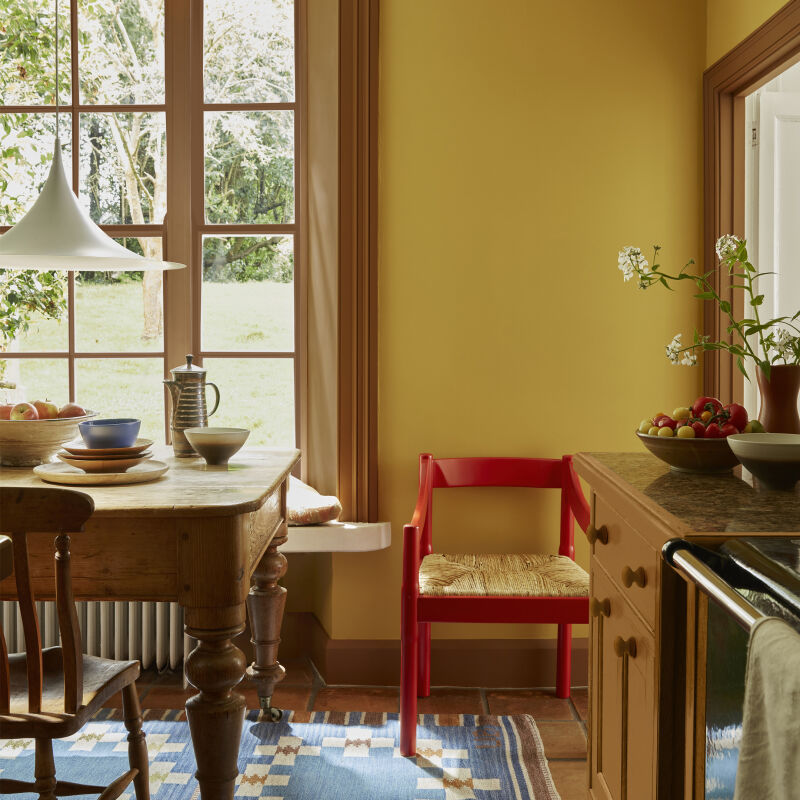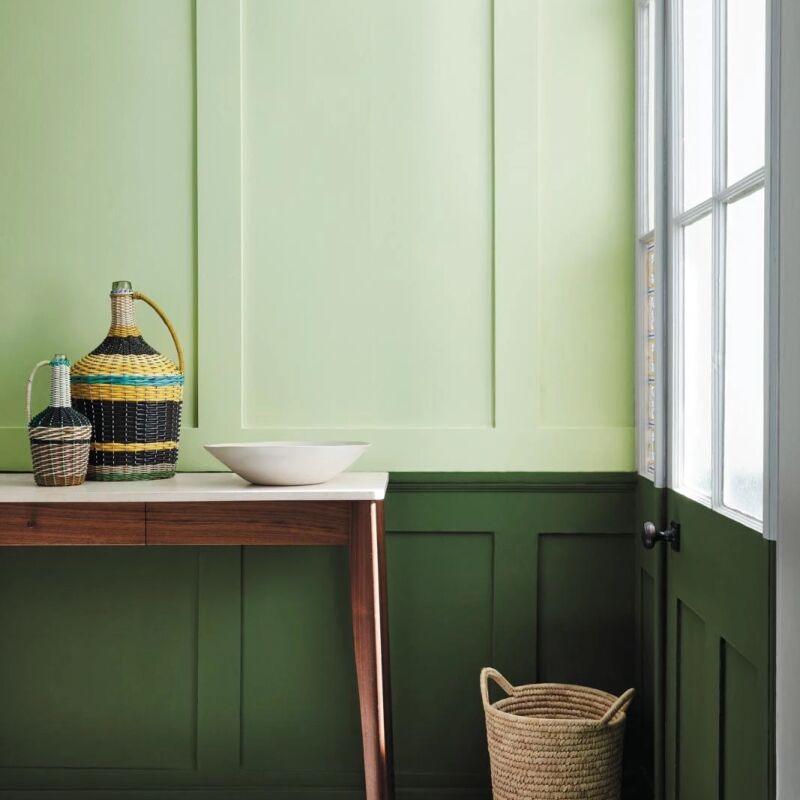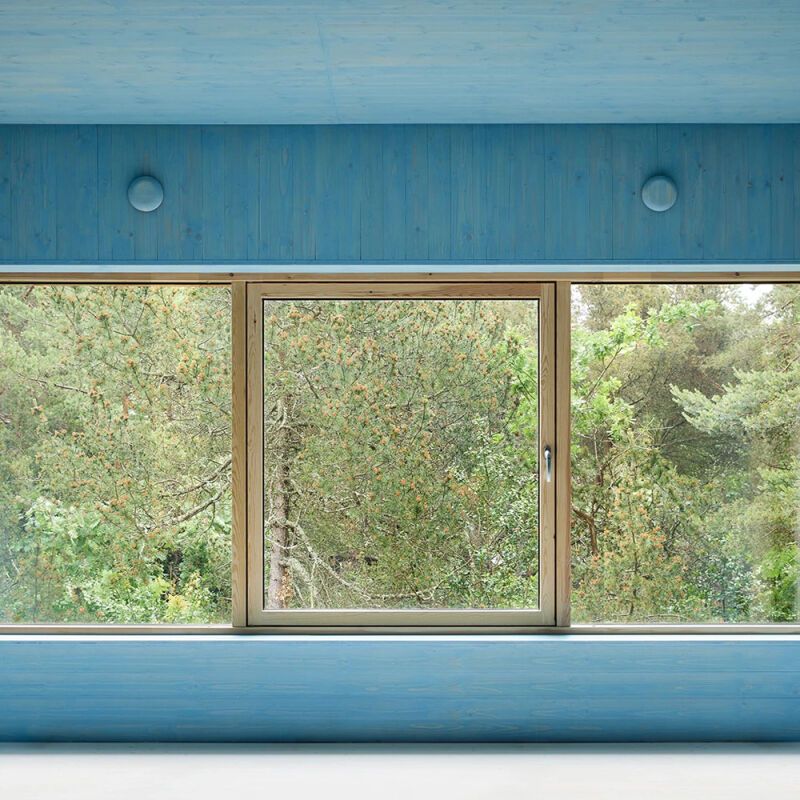I’ve had some experience dyeing and weaving textiles, but the idea of carving stamps and block printing has always intimidated me. Then Izabella showed us Arielle Alasko’s hand-blocked upholstery and three fabric printing techniques; it was time to give a new craft a try.
Using a DIY kit from Darby Smart (a new SF company that partners with designers and craftspeople), I tried out the Fabric Block Printing Kit by illustrator and designer Danielle Broder, which was inspired by John Robshaw prints and traditional printing techniques. Have a look at what I came up with (at home no less)–and consider trying block printing yourself.
Finished Product

Above: My just-completed cotton tea towel; the kit comes with two tea towels and a burlap table runner to block print. Original photography shot with the Canon EOS 5D Mark III digital SLR. The filmmaker’s camera.
Materials

Above: The Fabric Block Printing Kit includes the essentials for making your first block-printed projects, including a Speedball linoleum carver, rubber brayer, acrylic sheet, six block printing ink colors, rubber stamp for carving, and detailed instructions; $69 from Darby Smart.
Instructions

Steps 1 and 2: Draw your design onto the rubber stamp pad–you can either cover the entire block with a repeating pattern, or draw a single pattern, as I did above. Then, using the lino carver, carve out the design–this isn’t tricky if you keep your design simple and follow Danielle Broder’s advice: begin with the smallest carving bit and then more on to the larger one.

Step 3: Select a single color or mix your own on the kit’s acrylic sheet; here I’ve mixed equal parts white and black to create a black-gray with some depth. Then, using the rubber brayer, roll out the ink to mix your color and coat the brayer evenly.

Step 4: After you’ve rolled the brayer across the surface of your carved stamp, begin printing the fabric.

Step 5: Replicate the pattern across the fabric as desired, rolling the ink across your stamp in between each stamping. Don’t worry if your print doesn’t take perfectly during the first round; you can fill it in using ink and a paintbrush.

Step 6: The ink will be dry to the touch in about 10 to 15 minutes, but I let it dry on a clothes hanger overnight just to be sure. Set the ink with an iron by either placing a towel or rag over the top and ironing the front, or by ironing the back of the tea towel.
Darby Smart sells a wide range of DIY crafts kits (membership is required but free); check out Michelle’s DIY Lanterns to Light Up the Night.





Have a Question or Comment About This Post?
Join the conversation (2)